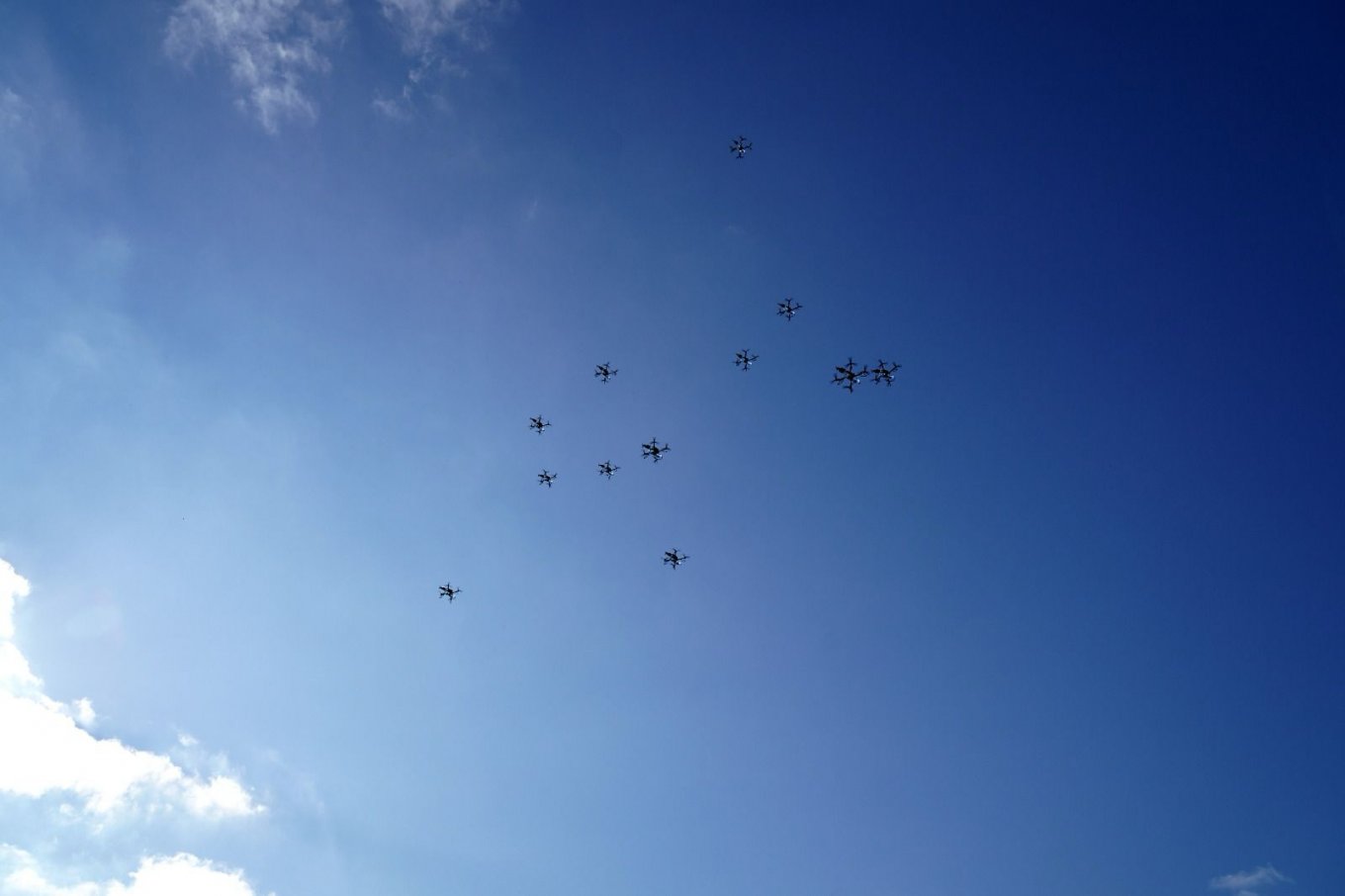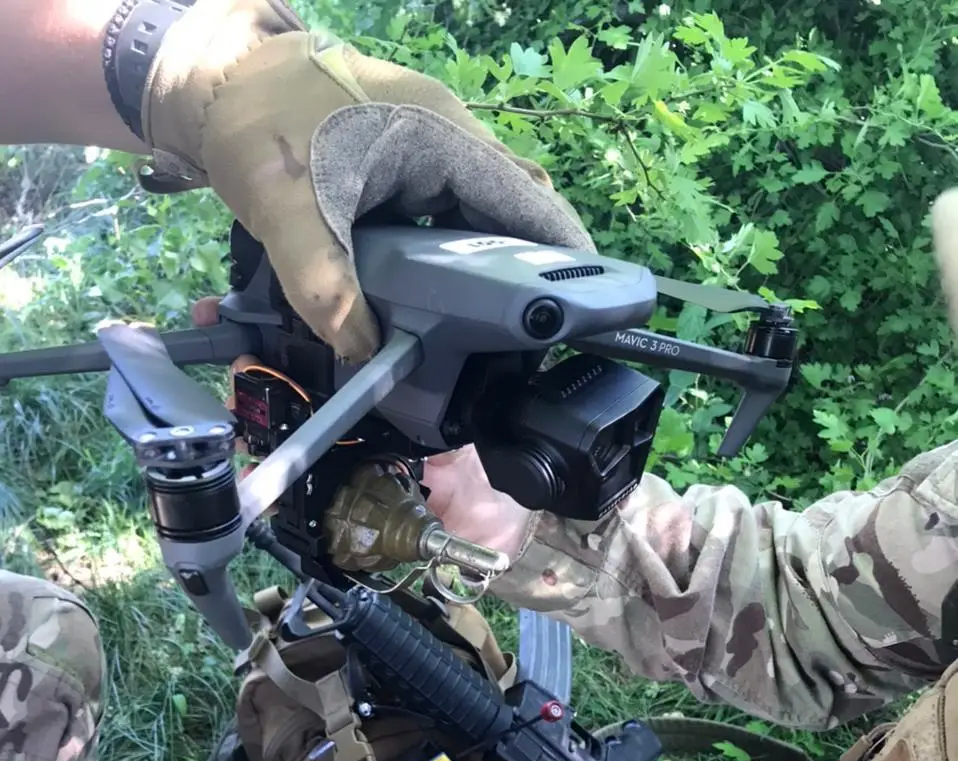Ukraine Tests High-Precision Munitions for Drones That Can Be Dropped from an Altitude of 1 km: A Significant Leap in Effectiveness
Ukraine’s development of these high-precision drone munitions represents more than a desired and long-awaited solution—it aims to replace standard “drops.” The mass production and use of these munitions will enable a significant increase in drone effectiveness.
The Ministry of Strategic Industries shared limited information about this initiative, noting that these developments were presented at a special event organized in collaboration with the government’s Brave1 military technology development platform.

The only disclosed details are as follows: the high-precision munitions were dropped from an altitude of 1 km; ten separate developers demonstrated their work in this field, and their results were evaluated. This suggests that the development of such munitions is taking place on a competitive basis, allowing the selection of the best model.
It may also be assumed that these munitions are intended for heavy multirotor bombers, as the Ukrainian Defense Forces are unlikely to need something similar to the MAM-L for the Bayraktar TB2 at this stage. If so, then this brief information on testing and related technologies, such as swarm drone operations with minimal operator input, signals a significant evolution rooted in the improvised ‘grenade drop’ modifications made to Mavic drones during the ATO era.

We should note that integrating such precision-guided munitions addresses several issues simultaneously.
First, it reduces the impact of weather conditions, particularly wind, and the operator’s skill level on drop accuracy.
Second, it allows drops from altitudes that are beyond the range of personal firearms and the reach of prevalent ‘trench’ electronic warfare systems.
However, the developers of these precision-guided munitions face a complex task: reducing the munitions’ size, integrating an accessible and electronic warfare-resistant guidance system, and lowering production costs.

